
US Market Guide
Author: Paco Collazo
thoriumThe design and production industry is an important part of the global events industry, which is characterized by huge price differences in different parts of the world.
For U.S. companies looking to expand their presence, attract new markets and find new customers, a simple solution is to exhibit in other parts of the world. What’s important is that they know:
1. There are top quality suppliers all over the world.
2. Exhibiting in other countries is cheaper than in the U.S. This makes exhibiting and promoting in other countries worth the investment.
Why is it more expensive in the US? Labor and site volunteer services
Below is a chart to give you an idea of what it would cost to design this stand globally.
The chart was created by asking friends from nine countries to get quotes for the same booth using local materials (wood, frame, fabric, vinyl, etc.). These figures were provided with the assistance of SISTEXPO, Stevens Exhibits, Elevation 3D, Grupo de Eventos, Creative Ideas Global, Diper, Cialona and AEM Production.
The following charges do not take into account taxes or additional general services (e.g. electricity, rigging, etc.) as this depends on the country, event, venue and event organiser.
Location—USD
Toronto — $58,361
Las Vegas — $100,000
St. Paul — $10,800
Hong Kong – $26,935
Shanghai – $12,826
Argentina — $11,253
Amsterdam — $29,894
Milan – $19,861
Mexico – $21,600
Factors affecting global price differences
Labor cost
Labor is one of the most important factors in price differences. In regions such as Asia and Eastern Europe, labor costs are relatively low, allowing companies to provide exhibition stand construction services at more competitive prices. In comparison, labor is more expensive in Western Europe and North America, and overall costs tend to be higher. This difference can have a significant impact on the overall project budget, especially for large booths.
Material cost and availability
Availability and cost of materials also play a crucial role in determining the price. Costs are generally lower in areas where materials such as wood, metal and specialty fabrics are plentiful. However, in areas where these materials are scarce or need to be imported, prices can rise significantly. In addition, growing demand for sustainable materials in some markets, especially Europe, may increase costs, as environmentally friendly materials are generally more expensive.
Local regulations and compliance
Local regulations, including safety standards and environmental laws, vary widely from country to country. In highly regulated regions such as Germany, compliance costs can significantly increase the price of stand construction. These regulations often require more detailed planning, higher quality materials and rigorous testing, all of which increase overall costs. Conversely, less regulated regions may offer lower prices but may require additional oversight to ensure they comply with international standards.
Market demand and economic environment
The economic climate and market demand in a given region can also affect prices. In highly developed markets where exhibition demand is strong, such as major cities in the United States and Europe, stand builders can charge higher prices. In emerging markets where the industry is still growing, prices tend to be lower as companies compete for business. This can provide cost-saving opportunities, but may also require trade-offs in terms of experience and available resources.
Acknowledgments
We sincerely thank all companies who helped provide the data and insights needed to accurately reflect costs in each region. Their contributions were invaluable in ensuring the accuracy of the information presented in this article.
This article was originally published in Exhibit City News Q4 2024, page 17. 20. For original layout, please visit






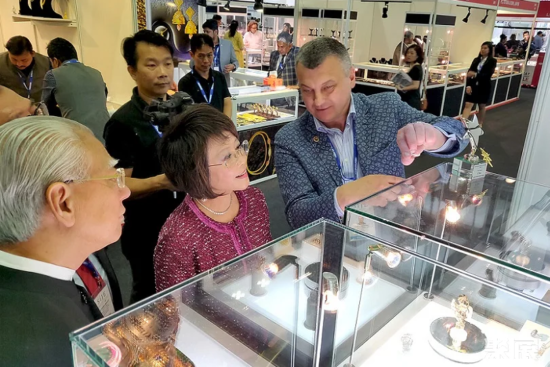
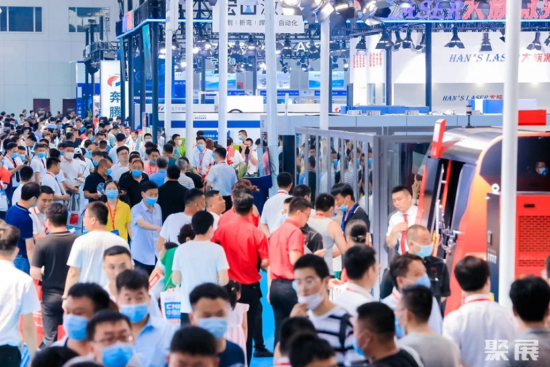
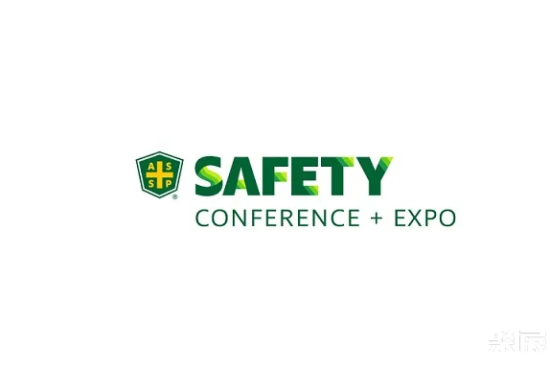
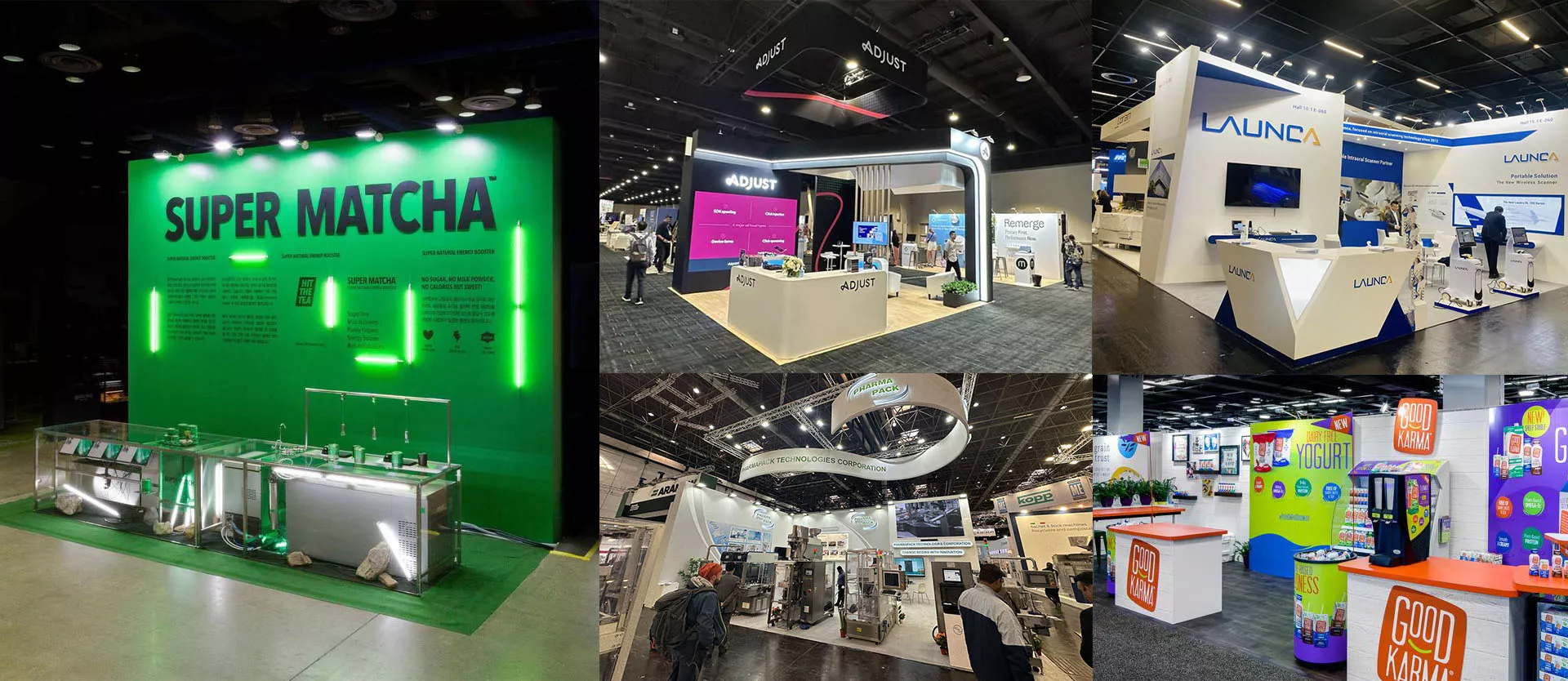
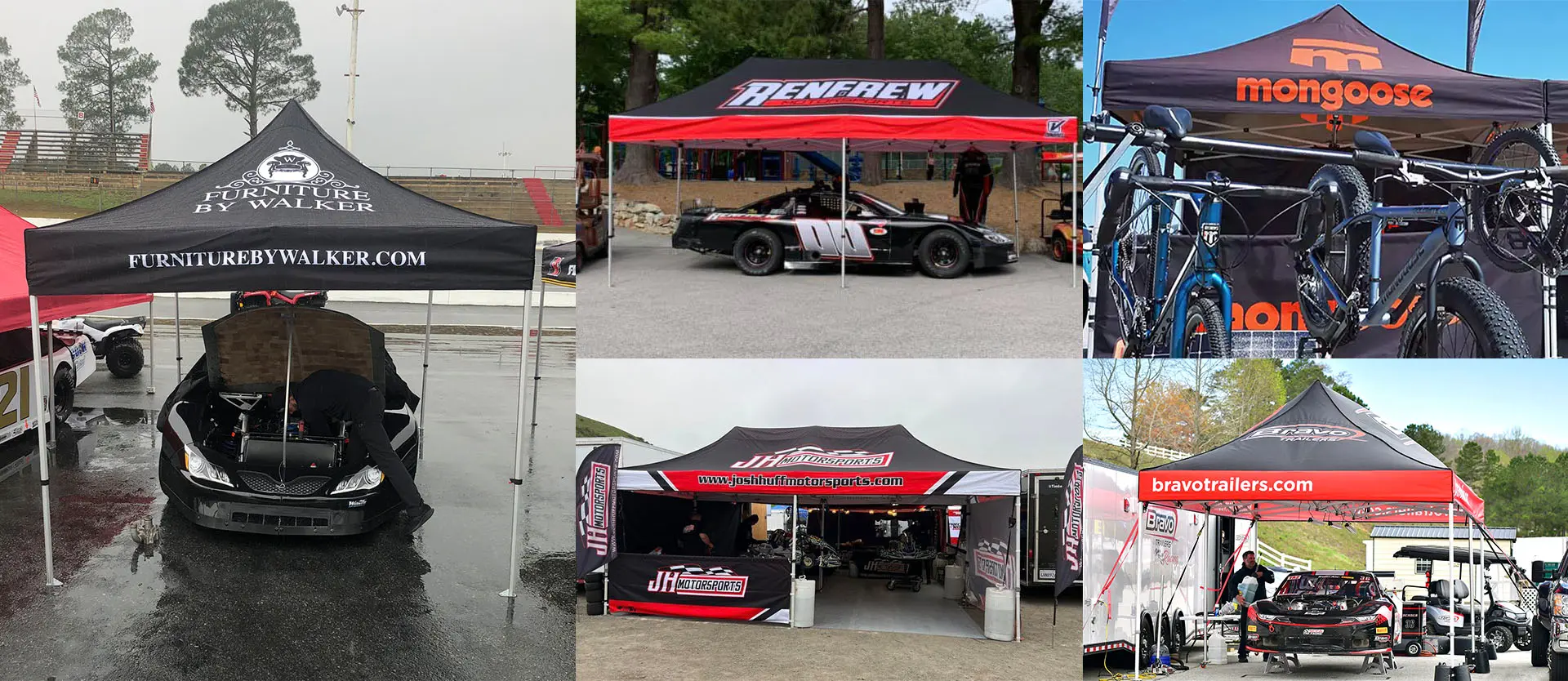
Leave a Reply Cancel reply
You must be logged in to post a comment.